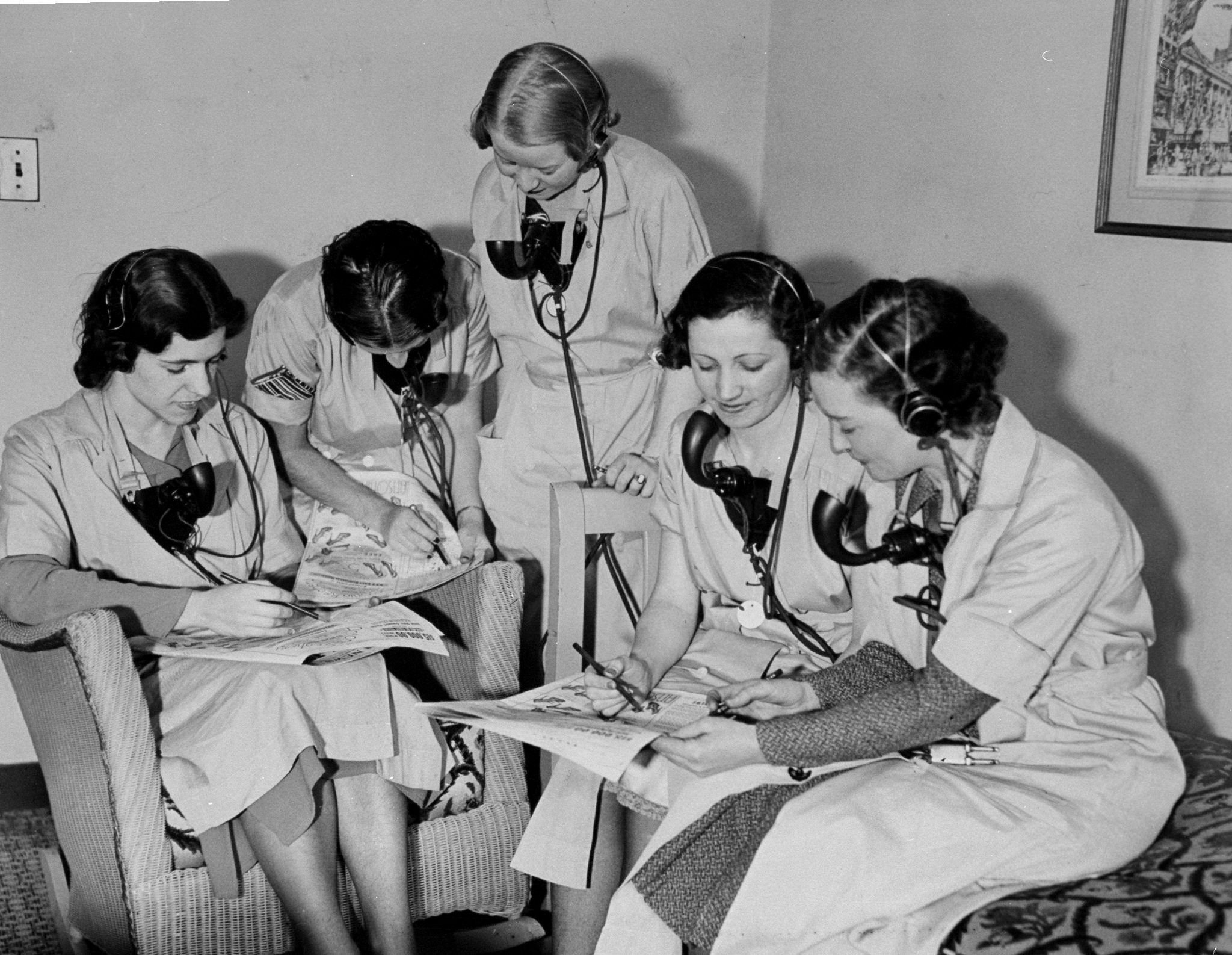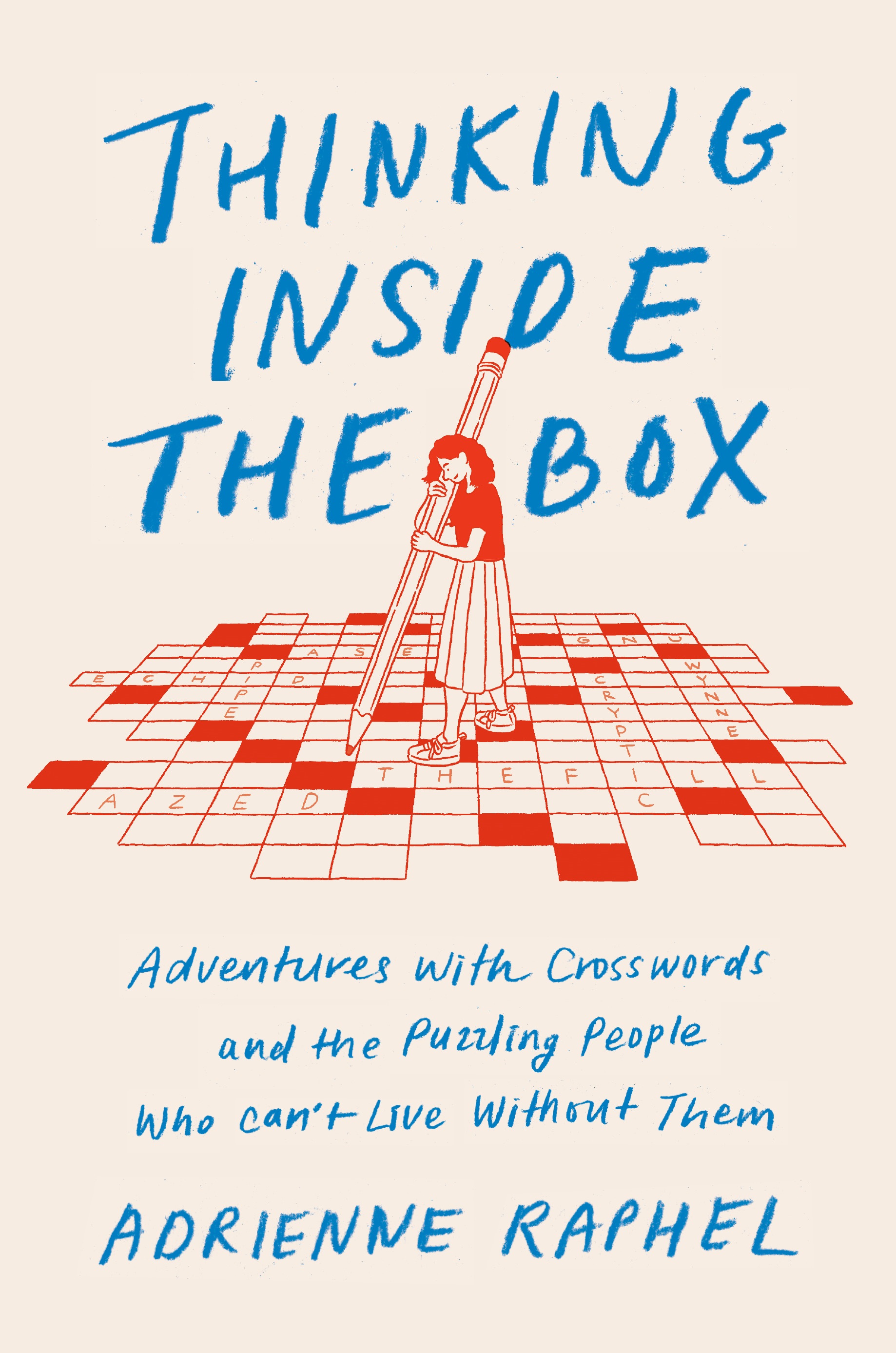
In stressful times, solving a crossword is not just a diversion but a necessary solace. In fact, the crossword puzzle was born in December 1913, on the eve of World War I. Arthur Wynne, an editor at the New York World, needed a new game for that paper’s FUN section. So he printed a blank word-search grid, devised clues so readers could figure out the letters, and called it “FUN’s Word-Cross Puzzle.” A typographical error a few weeks later transposed the puzzle’s title to “Cross-Word,” and the puzzle was permanently re-christened. New solvers became rabid cruciverbalists—that is, crossword fans––practically overnight, latching onto the grid as a refuge from chaos.
As the war progressed and headlines in the World became increasingly bleak, the paper’s advertising efforts to point solvers to the puzzle also dialed up, with banners on the front pages directing readers straight past the dire news and to the crossword for an anchor in increasingly uncertain times.
And as World War I ramped up, so did cruciverbal production, and the activity’s popularity only grew after the Armistice. During the 1920s, the crossword boomed: from crossword-patterned stockings to crossword-themed musicals to comic strips like “Cross Word Cal,” the puzzle was everywhere. However, crosswords themselves were all over the map in terms of their form and content. Though some puzzles were carefully edited and regulated, others were much more freewheeling, all shapes and sizes and riddled with errors.
Readers clearly craved puzzles, but one American newspaper refused to yield its staunch stance against games: the New York Times. Throughout the ’20s and ’30s, the Times ran several editorials pooh-poohing crosswords as a passing fad; though solvers wrote pleading the paper to print a puzzle, the publishers refused. This moral high ground stemmed from the Times’ historical abstinence from any kind of yellow journalism: the paper wanted to maintain the highest standards possible. Its editors also believed that the paper should captivate readers’ attention without needing to rely on a puzzle.
For decades, the Times remained the only major metropolitan newspaper in America without a puzzle. On Feb. 15, 1942, just two months after the Japanese Navy Air Service had launched its air strike against the U.S. Naval Base at Pearl Harbor, the Times caved. Suddenly, the puzzle was not a frivolous distraction but a necessary diversion, something to keep readers sane with the rest of the news so bleak. And, as an editor pointed out in a note to publisher Arthur Hay Sulzberger, the crossword would provide readers something to occupy time during coming blackout days. So Sulzberger decided to institute a puzzle. But, he reasoned, if the Times was going to have a crossword, it was going to be the best crossword in the nation.
Get your history fix in one place: sign up for the weekly TIME History newsletter
Sulzberger hired Margaret Petherbridge Farrar, who edited Simon and Schuster’s wildly successful series of crossword collections, as its puzzle editor. Farrar, who started her career as crossword editor at the New York World, insisted on the highest-quality puzzles possible. While other publications might allow for wild-looking grids and play fast and loose in terms of clues, Farrar instituted regulations that have now become industry standards. Most of these were architectural – grids cannot contain unchecked squares, for example, and grids must have rotational symmetry. But she also made sure that puzzles passed the Sunday Breakfast Test; that is, clues and answers would be appropriate for all ages.
In England, the crossword contained more serious threats to civilization than potential lack of civility. During World War II, some answers in the Observer’s puzzles put British intelligence offices on alert. The appearance of GOLD, SWORD and JUNO, code names for beaches assigned to Allied troops, didn’t cause too much suspicion at first; after all, these were relatively common words, spaced far enough apart that they could be chalked up to coincidence. But in May 1994, more unusual code words started appearing, and more frequently: UTAH and OMAHA, two more beaches; MULBERRY, the operation’s floating harbors; NEPTUNE, the naval-assault stage; and OVERLORD, the name for D‑Day itself.
Most suspiciously of all, British intelligence officials traced the suspect puzzles to a single source. Leonard Dawe, a mild-manned, bespectacled headmaster at a boys’ prep school, was one of the Observer’s top constructors, contributing hundreds of puzzles to that newspaper. When officials arrived at Dawe’s house and demanded his notebooks, the professor was bewildered: after all, he had no idea he was doing anything in the least suspicious. The British intelligence couldn’t find any other links between Dawe and enemy forces, so they reluctantly declared he wasn’t a traitor. The mystery remained unsolved until 1984, when one of Dawe’s former students came forward and said he’d helped Dawe fill in his puzzles. Lots of the boys did, he said––they found interesting words and slotted them into the grid. Like many of students, they’d hung around a soldiers’ camp adjacent to the school during recess, where they’d picked up code words and stray bits of information through eavesdropping, and then added these intriguing words to the grids. After the British intelligence came knocking at this door, Dawe had demanded to know where his students had gotten these words. Horrified that he’d indeed been an accidental traitor, Dawe made the boys swear never to tell––and, the former student said, “I have kept that oath until now.”
In 1945, the war ended. But, in both the U.K. and the U.S., the crossword remained, transitioning from relief to ritual. And in new times of trouble, the crossword puzzle is still there to help solvers escape—just as solvers before them have been doing for more than a century.

Adrienne Raphel is the author of Thinking Inside the Box: Adventures with Crosswords and the Puzzling People Who Can’t Live Without Them, available now from Penguin Press.
More Must-Reads From TIME
- The 100 Most Influential People of 2024
- The Revolution of Yulia Navalnaya
- 6 Compliments That Land Every Time
- What's the Deal With the Bitcoin Halving?
- If You're Dating Right Now , You're Brave: Column
- The AI That Could Heal a Divided Internet
- Fallout Is a Brilliant Model for the Future of Video Game Adaptations
- Want Weekly Recs on What to Watch, Read, and More? Sign Up for Worth Your Time
Contact us at letters@time.com